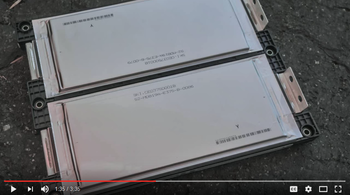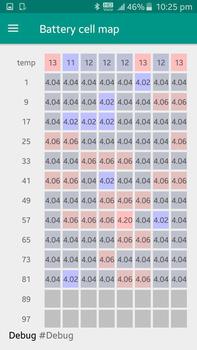Hi everyone,
ThI’m new here but I was reading your posts since September.
After some superficial research I’m thinking of buying few cells and putting them in the battery packs instead of bad ones.
Not interested in getting original second hand ones but buying some alternative ones with closest specifications to the originals.
For example:
https://x.alibaba.com/AvDkvL?ck=pdp
Any thoughts and experiences?
ThI’m new here but I was reading your posts since September.
After some superficial research I’m thinking of buying few cells and putting them in the battery packs instead of bad ones.
Not interested in getting original second hand ones but buying some alternative ones with closest specifications to the originals.
For example:
https://x.alibaba.com/AvDkvL?ck=pdp
Any thoughts and experiences?



